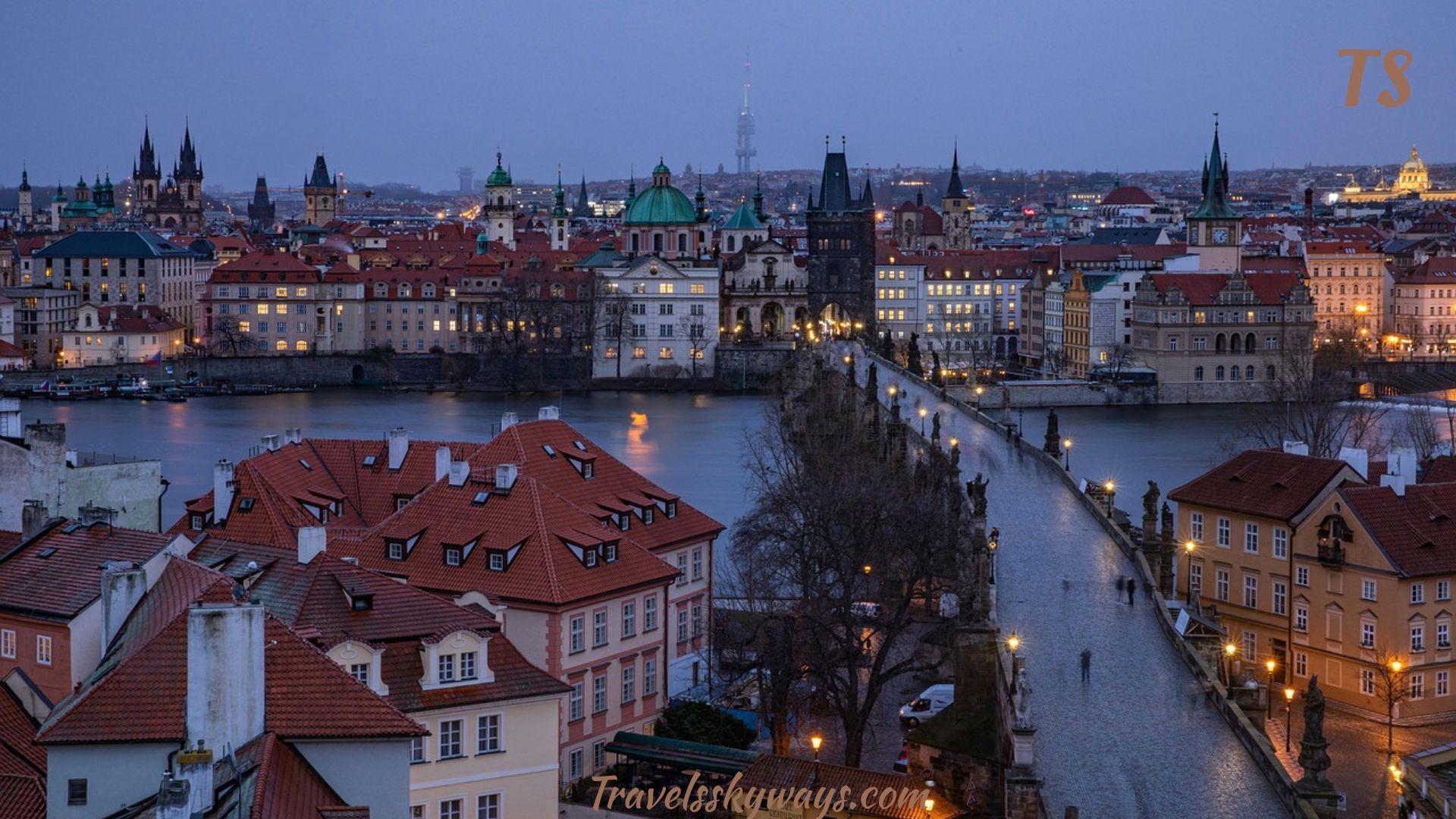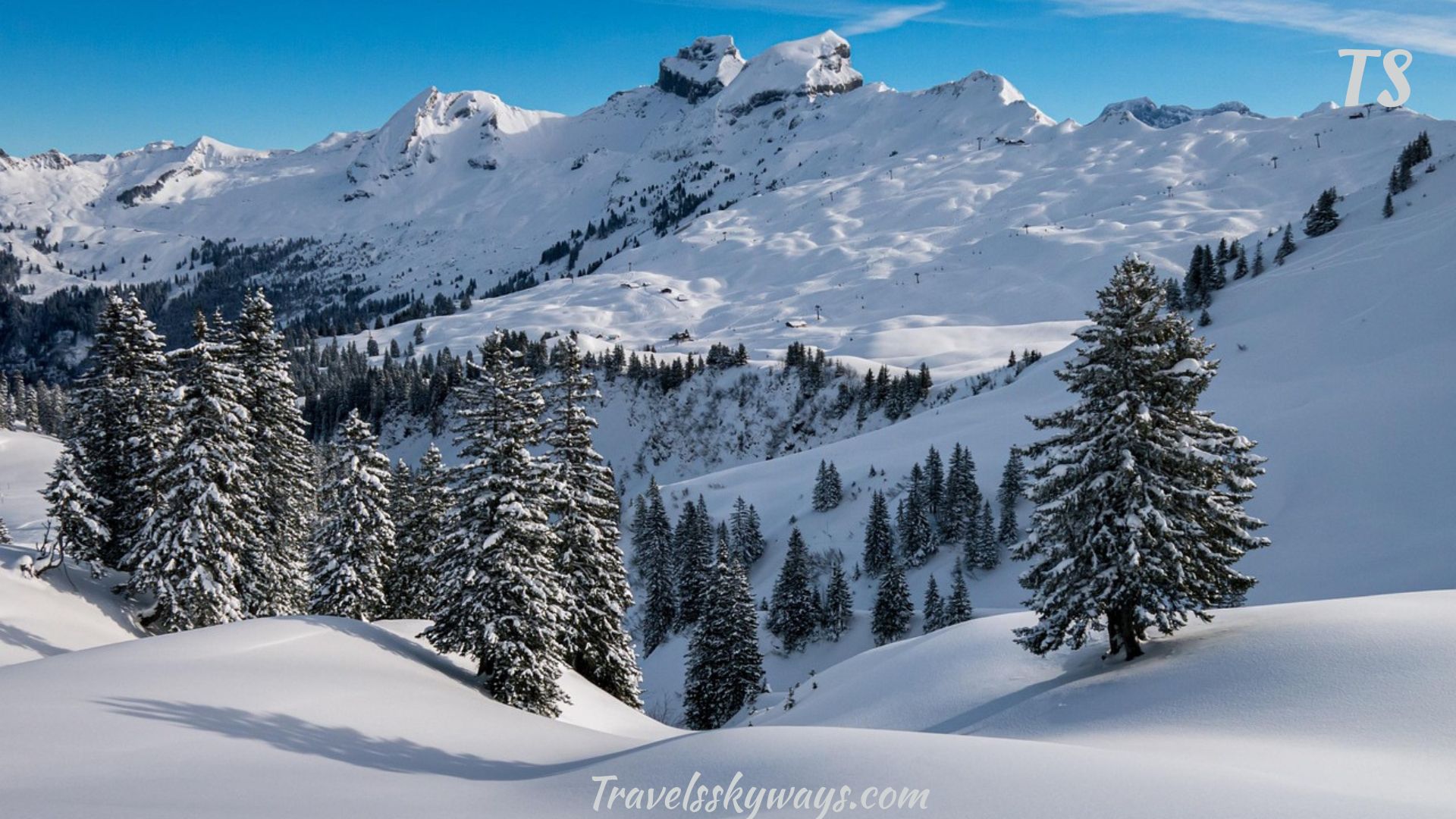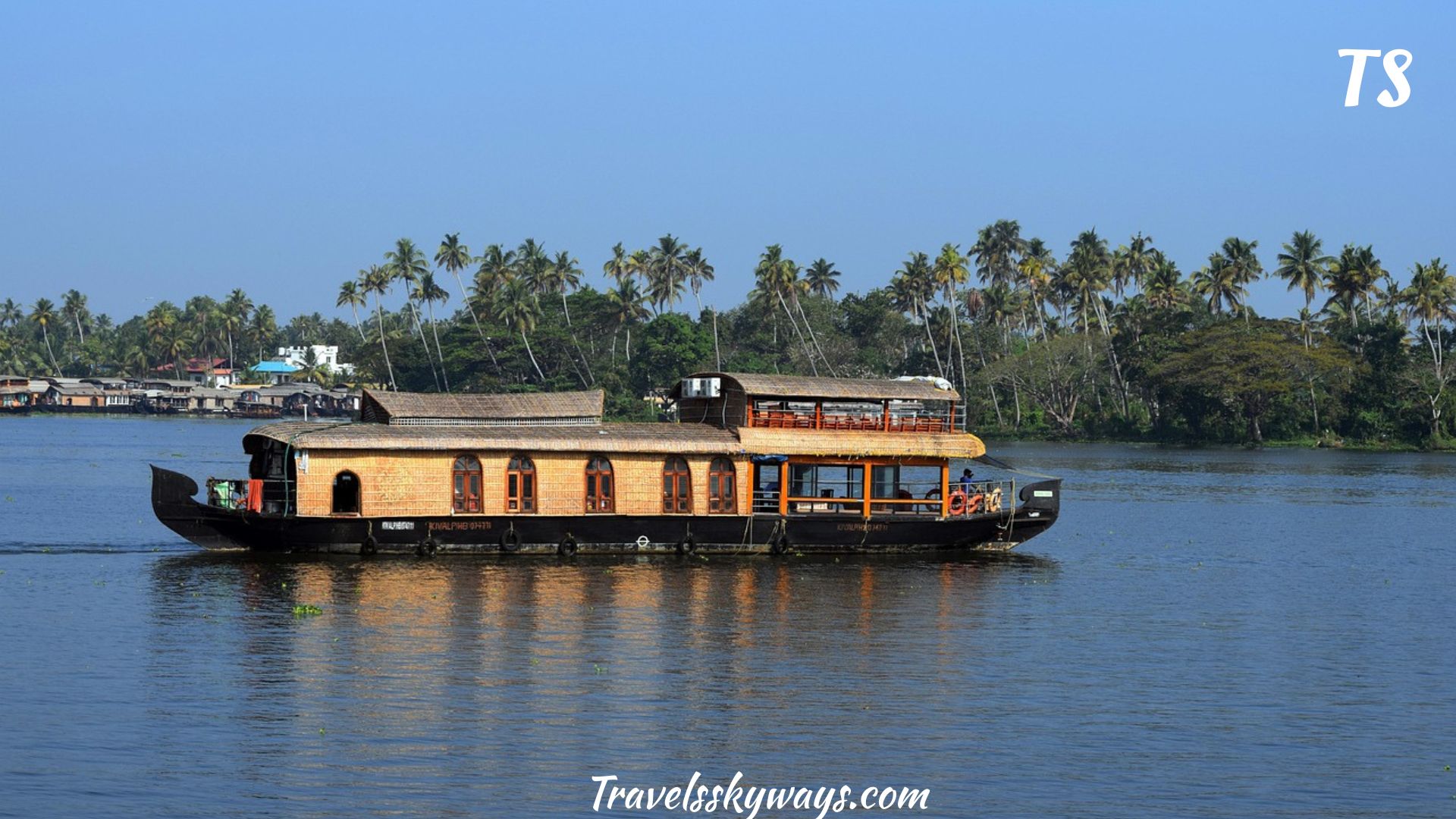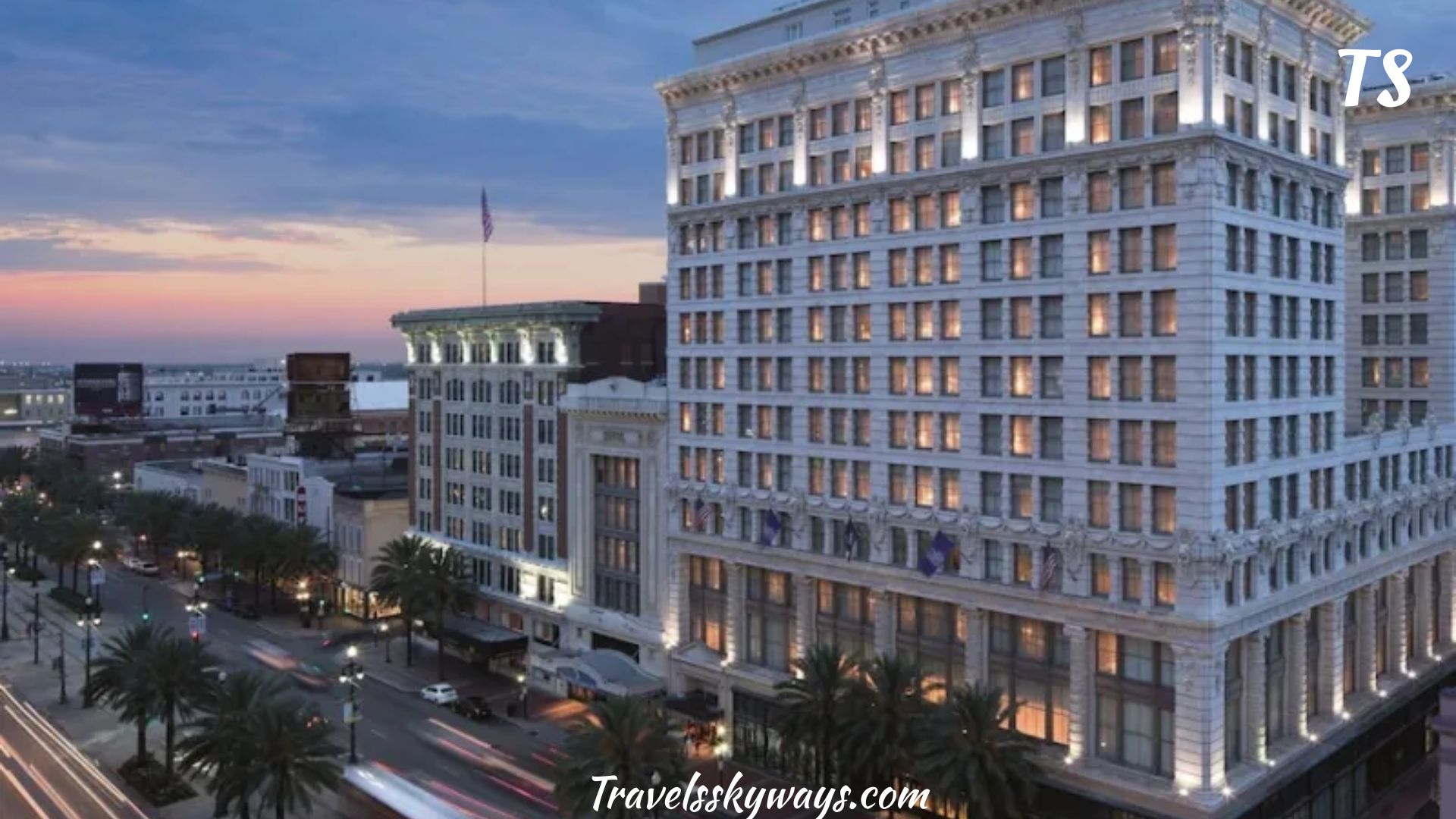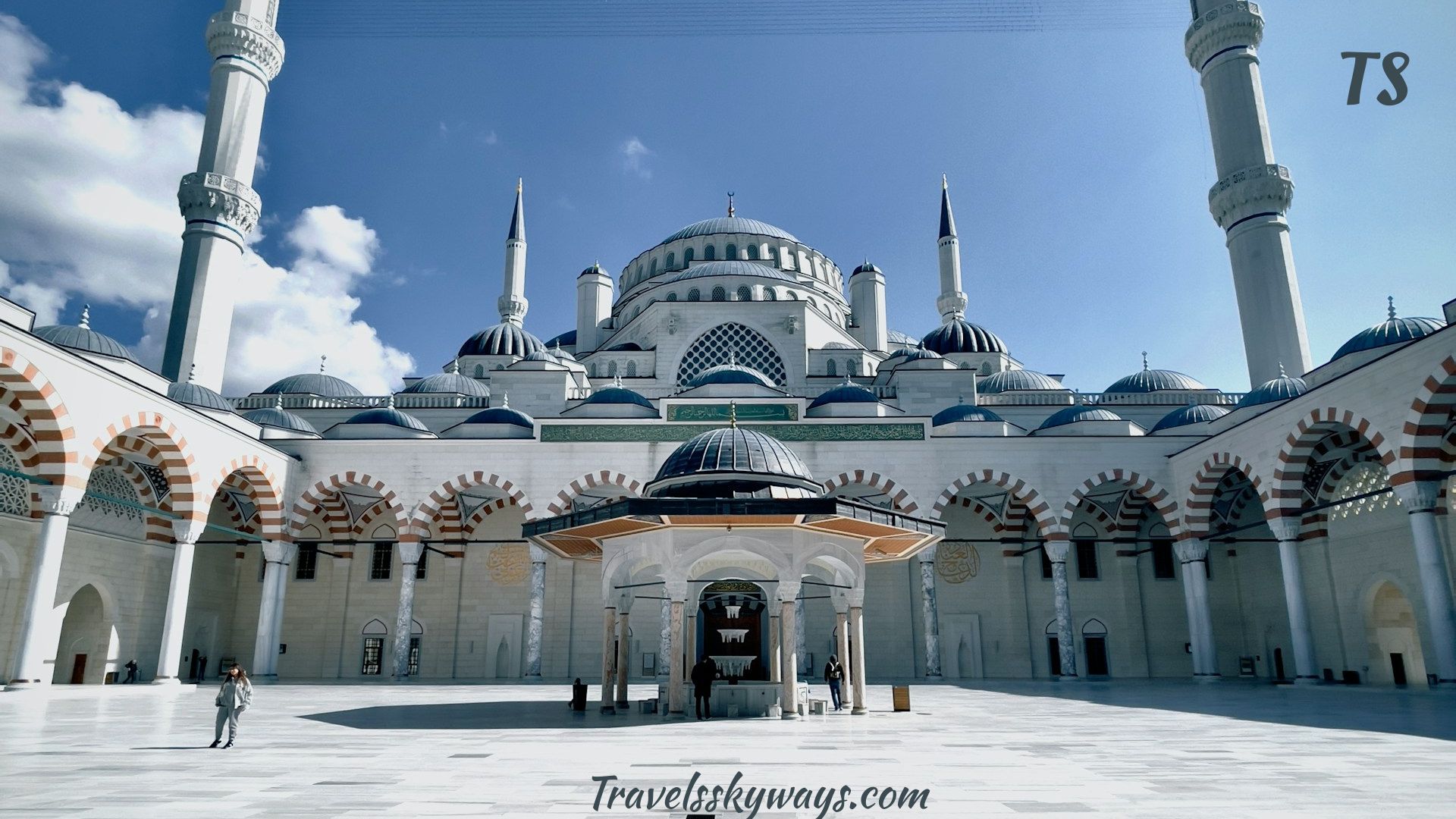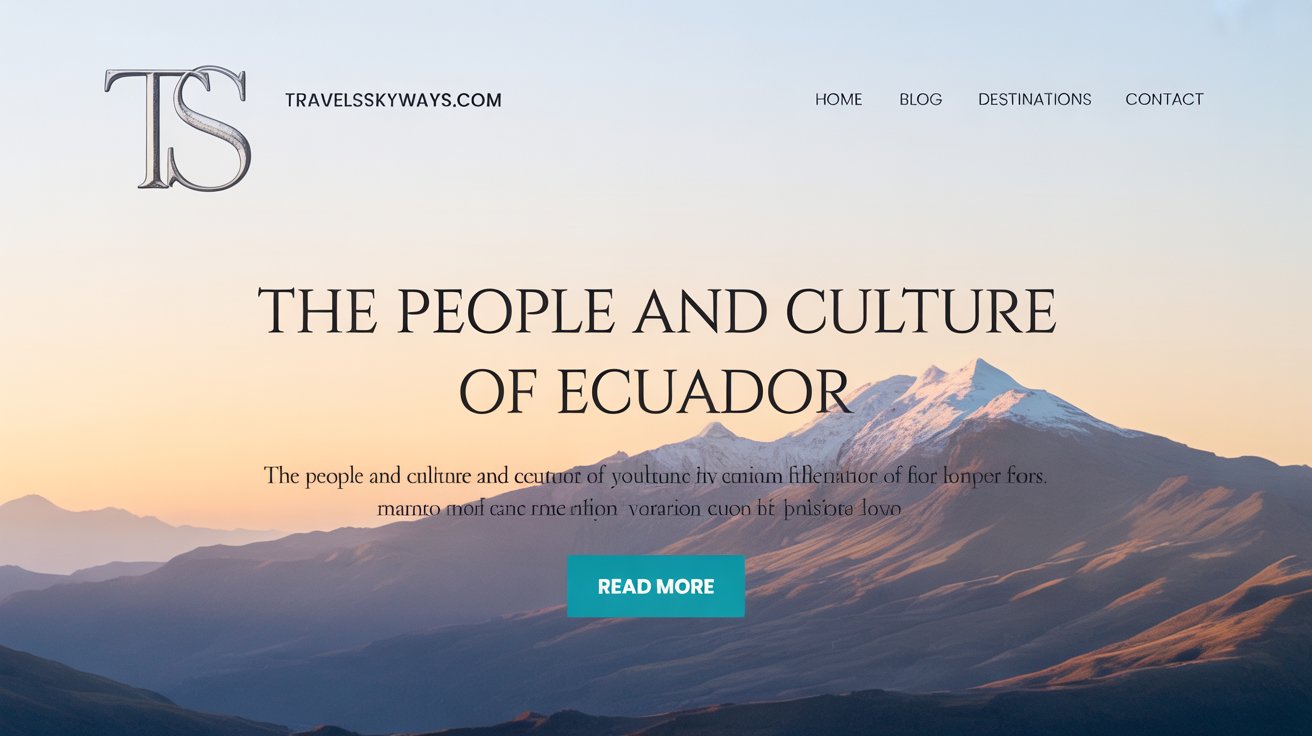
Deep customs and brilliant variety abound in Ecuador. Its culture and people show a rich blend of contemporary life, Spanish impact, and native roots. From food to family life, every facet of Ecuador shows a narrative of legacy and identity.
Familia Ecuatoriana
Ecuadorian families are extremely tight and vital. Most people live with cousins and grandparents—that is, their larger relatives. Parents are respected; kids learn to listen. Particularly on weekends, families come together regularly. Everybody relies on one another for support.
Traditional Religion
Brought by the Spaniards, Roman Catholicism dominates Ecuador’s primary religion. Many people also combine old indigenous beliefs with Catholic customs. There are festivals showing two customs at the same moment. Towns’ extremely vital sites are churches. Daily life and events depend much on religion.
The National Pastime: Soccer
The most well-liked sport in Ecuador is soccer; Ecuadorians love it. While adults go to games or watch on television, children play in the streets. The population takes great satisfaction from the national team. Soccer unites people and provides pleasure.
Ecuadorian Native Peoples
Like the Kichwa and Shuar, Ecuador is home to several indigenous groups. Each of these groups has their own customs, apparel, and languages. Many dwell in the Amazon rainforest or the highlands. Their societies are strong and extremely ancient. Still protecting their way of life today.
Language
Most Ecuadorians speak Spanish, therefore it is the primary language. Some organizations, however, still speak their own indigenous languages, like Quechua. In some schools, native languages are taught. The administration strives to preserve them. A large component of cultural identity is language.
Must Read: Aadrai Jungle Trek – The Unexplored Jungle Trek
Leisure time
With family and friends, people in Ecuador engage in straightforward fun. They enjoy visiting parks, playing games, or dancing to music. Meeting locations abound in town squares and markets. Sundays are often spent resting or visiting family. Free time is appreciated and sometimes shared.
Machismo and Racial prejudice
In some households, where guys are expected to lead, machismo still reigns. This can limit chances for women and rights. Racism also impacts the indigenous and Afro-Ecuadorian people. Change is progressively happening through awareness and education.
Foods and cuisines of Ecuador
Ecuadorian cuisine differs locally. People consume rice, plantains, and seafood in the coastal region. Meals on the highlands sometimes feature potatoes, meat, and corn. Eaten on particular days, guinea pig is a unique food. Like locro, soups are quite well-liked.
Everyday life and conventions of society
The life of Ecuador’s people is one of custom and community. Greet others either with a handshake or a cheek kiss. Most shops close at lunchtime for rest and food. Throughout the year are celebrations and festivals. Respect, family, and culture are among the things humans find important.
Cultural Establishments
Like galleries and art centers, Ecuador has a number of cultural institutions. These sites preserve and highlight the country’s history and inheritance. Famous structures and events may be found in Cuenca and Quito. These organizations also foster music and dance. They support the survival of ancient customs.
Media and Publishing
TV, radio, newspapers, and internet resources make up the Ecuadorian media. People in cities have better access to news and information. Rural areas may have slower internet or less coverage. Though occasionally difficult, freedom of the press does indeed exist. Sharing news and culture depends much on local media.
Before the Spanish Period
Ecuador housed several indigenous peoples before the arrival of the Spanish. Large areas of land were under control of the Inca Empire. People farmed, traded, and erected stone structures. They held solid ideas and systems. This era fashioned the landscape long before colonization.
The Period of Colonialism
Spain seized Ecuador and turned it as a colony in the 1500s. Native people were forced upon; Catholicism took over. Spanish emerged as the dominant language and culture. Many ancient traditions were outlawed or masked. This era lasted three centuries.
183045 Between Flores and Rocafuerte Rivalry
Juan José Flores and Vicente Rocafuerte started their rivalry after Ecuador established itself as a country. Flores sought to remain in power with strict management. Rocafuerte desired greater freedom and rights. Their battle created major political issues.
National Government’s disintegration (184560)
This time was one of mayhem and uncertainty. Leaders evolved rapidly, and there was no evident leadership. People were distrustful of the system. Many locations operated independently. Ecuador had difficulty staying united.
The Garcia Moreno Regime: 1860–75
Strong governance brought Garca Moreno into prominence, strengthening the Catholic Church. Roads, bridges, and schools he developed. Like a father figure, he ruled the country. His time had a long-lasting influence.
Turn towards liberalism (187597).
Following Moreno, authorities began to undermine church influence. Liberal legislation altered civil rights and education. This change affected people’s thoughts and way of life.
Must Read: Khafre Pyramid: information, facts, and mysteries
Early 20th Century Issues
Early in the 1900s, Ecuador experienced hunger, strikes, and weak regimes. Workers battled for higher standards of living. The economy was sluggish and not very strong. People went to towns for work. Change was tough during this time.
Loss of Territory and Economic Development in the 1940s
Selling bananas and oil allowed Ecuador to attempt to boost its economy. It did lose territory to Peru in a war in 1941. This damaged national pride and planning. Even with funds coming in, issues persisted.
Velasco Ibarra dominance following World War II
Five times, Velasco Ibarra governed Ecuador. He was famous for his speeches, but frequently ruled by force. Some thought of him as a hero, while others were afraid of his might. In many ways, he both helped and harmed the nation. His authority is still under discussion nowadays.
Ecuador’s major cultural influences?
Combining indigenous customs, Spanish colonial legacy, and contemporary global influences shapes Ecuador’s culture. Language, religion, celebrations, and art all have this blend in evidence.
FAQ’S
What other tongues besides Spanish are spoken in Ecuador?
Though Spanish is the official language, Quechua, Shuar, and other native tongues are still used above all in rural and indigenous regions.
How significant is family in Ecuador?
The center of Ecuadorian society is family. Many families have extended relatives, and support, respect, and unity are much stressed.
In Ecuador, what relevance is soccer?
The most well-liked sport and a big source of national pride is football. It draws people together and is often performed and viewed nationwide.
Today, how do indigenous communities add to Ecuador’s culture?
Indigenous communities keep ancient traditions alive via language, clothes, celebrations, and customs.Their participation determines Ecuador’s cultural legacy preservation.
CONCLUSION
In short, the people and culture of Ecuador provide a rich synthesis of native legacy, Spanish influence, and lively regional traditions. From close family relationships and numerous languages to brilliant festivals and traditional meals, Ecuadorians treasure their rich cultural legacy.
Knowing the people and culture of Ecuador helps one to see a nation that honors its past while boldly and unitedly welcomes the present.

Travels skyways helps you plan your perfect journey with expert tips, destination guides, travel hacks, and budget advice. Whether it’s a quick getaway or a dream vacation, we’re here to guide your adventure from start to finish.


